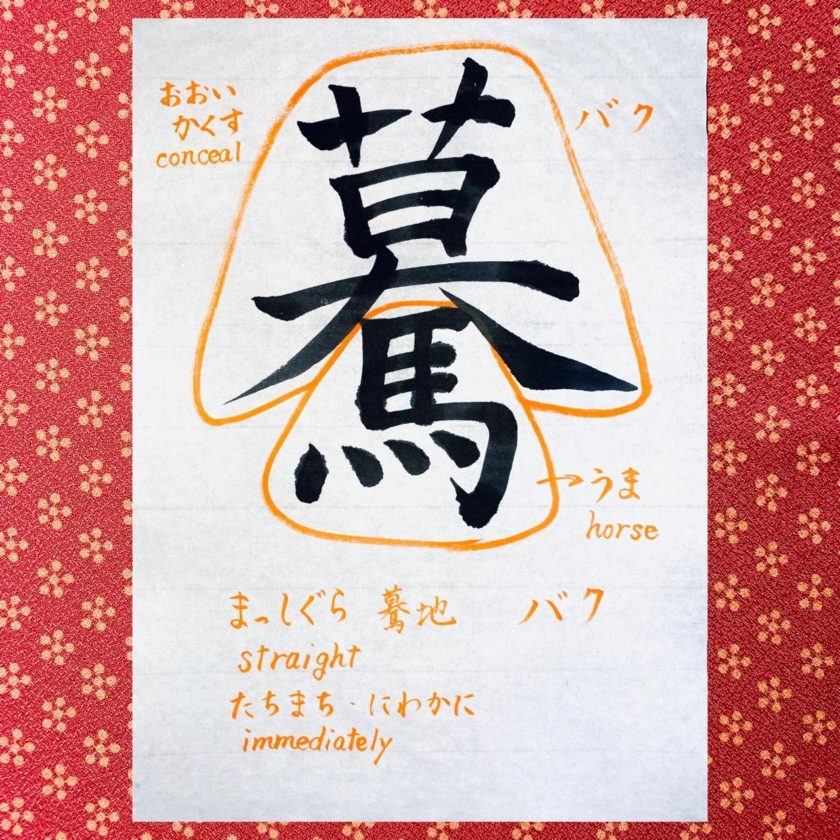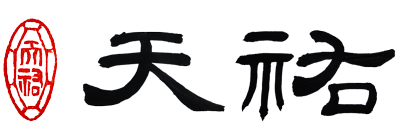私が愛用している書体の辞書【五體字類】を見ていたら、面白い漢字を見つけました。

【驀】という漢字です。
あまり見慣れませんよね。
音読みは(バク)となりますが、訓読みだと何と読むか、分かりますか?
正解は、(まっしぐら)です!
【驀地】と書いても(まっしぐら)と読むそうです。
私自身、言葉としては知っていても、漢字は分かりませんでした。
この漢字を因数分解してみました。
すると、上の部分の【莫】(バクという音符)と下の部分の【馬】に分かれます。
音符が付くので形声文字ですね。
形声文字についてはこちら
上の【莫】は「覆い隠す」という意味です。
化粧品のコンシーラーも、目の下のクマなどを「覆い隠す」ということなんですね。
一方の【馬】は言うまでもなく、動物のウマですね。
覆い隠す【莫】と動物の【馬】が1つになって、「人が馬に覆い被さるように乗る」様子を表します。そこから更に「まっしぐら」という意味になるんです。
この【驀】という漢字を使う熟語として【驀進】(バクシン)があります。
「まっしぐら」という意味に「進む」が加わって、より一層突き進んでいく状況が強調されているように感じます。
I factored this kanji.
Then, it is divided into [莫] in the upper part and [馬] in the lower part.
[莫] above means “hiding”.
The concealer for cosmetics also means “hiding” the dark rings under the eyes.
On the other hand, [馬] is an animal horse.
Covering [莫] and animal [馬] become one, representing the appearance of “a person riding like a horse over a horse.” From that point on, it means more straightforward.
One of the idioms that use this kanji is “驀進” (Bakshin).
It feels like the emphasis is on going further, with the addition of “advance” to the meaning of “straight”.
